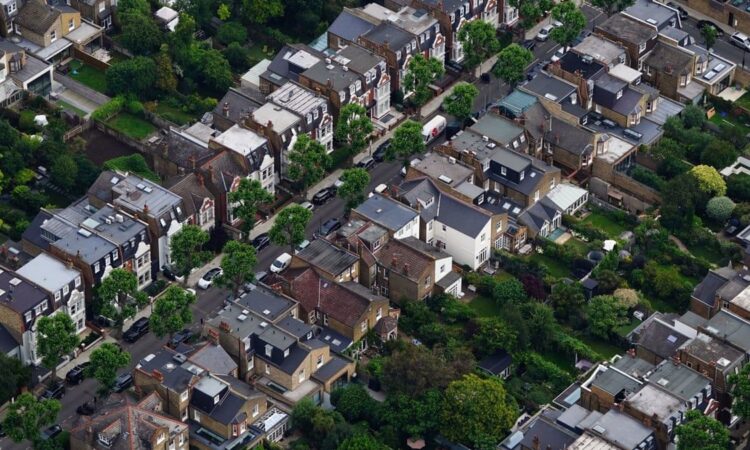
In the ever-evolving landscape of the UK property market, 2023 emerged as a year marked by a palpable shift. With homes lingering on the market noticeably longer than the previous year, and a backdrop of high mortgage costs, the narrative of the housing sector unfolded with a blend of caution and anticipation. Amidst this, a flicker of optimism was sparked as January witnessed a surge in new buyer enquiries, hinting at a potential revitalization of demand. The scene was set against a canvas of rising interest rates, a resilient labour market, and the looming cloud of future uncertainties, all playing pivotal roles in shaping the market’s direction. The latest UK House Price Index painted a stark picture, revealing a 1.4% dip in average house prices in December 2023 compared to the year prior, underscoring the period of adjustment the market found itself in.
The Pulse of the Property Market
As we delved deeper, it became evident that the property market’s heartbeat had slowed, with transaction volumes and starts trailing behind customary levels. This was a soft market in the making, where the dance between buyers and sellers took a more measured beat. The Guild of Property Professionals’ CEO pointed to a “modest readjustment” in prices, yet the undercurrents of recovery were palpable. Signs of a stabilizing market began to emerge, buoyed by growing buyer demand and an uptick in mortgage approvals. This was a narrative not of despair but of cautious optimism, suggesting that the health of the property market in 2023, while under duress, was far from terminal.
A Tale of Two Markets
Zooming in on the granular details, a fascinating divergence unfolded. According to Zoopla, the average property in Britain sat on the market for 34 days in 2023, a stark contrast to the brisk sales of the prior year. London properties, bearing the brunt of affordability challenges and higher mortgage rates, took an average of 40 days to sell—twice as long as those in Scotland, which averaged a mere 20 days. The regional disparities didn’t end there; Wales and the West Midlands saw properties linger for 35 and 32 days, respectively. This wasn’t merely a story of time; it was a narrative deeply intertwined with affordability and the disparate impact of financial policies across the kingdom.
Looking Ahead: A Market on the Mend?
The opening months of 2024 presented a glimmer of hope, particularly for southern England and London, where a slight decrease in mortgage rates breathed new life into the market. This resurgence of activity hinted at a delicate balance—a market teetering on the brink of recovery, yet acutely sensitive to the broader economic landscape. Industry experts, while acknowledging the dip in house prices, maintained a cautiously optimistic outlook for the property market’s health in 2023. The question on everyone’s mind was whether this was the beginning of a steady ascent or a temporary reprieve in an otherwise uncertain trajectory.
In conclusion, the UK property market in 2023 was a complex tapestry of challenges and opportunities. Homes took longer to sell, and the shadow of high mortgage costs loomed large, yet the seeds of recovery appeared to be taking root. With buyer enquiries on the rise and signs of a market stabilizing, there was room for cautious optimism. However, the true test lay ahead, as the market navigated the intertwined forces of interest rates, labour market resilience, and the unpredictable currents of future uncertainties. Amidst this, the enduring spirit of the market’s participants—buyers, sellers, and industry experts alike—suggested a collective resilience, pointing towards the potential for a brighter, more robust market in the days to come.
